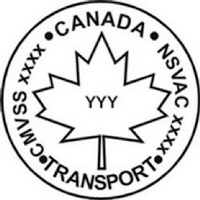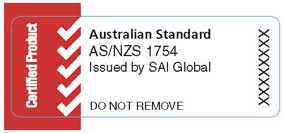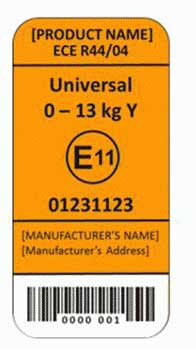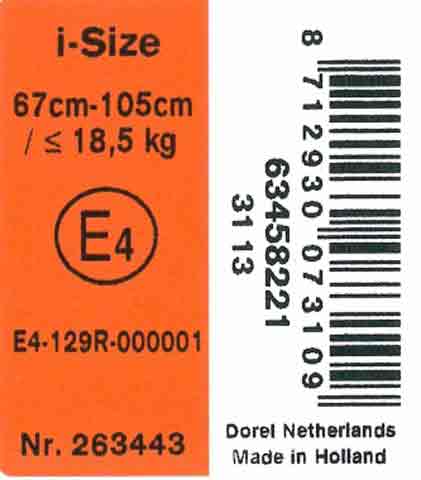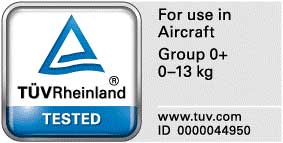Car seats and restraint systems
We appreciate that travelling with your infant or small child can be stressful. By providing some guidelines here, we hope we can help to make you and your child more comfortable. WestJet accepts Transport Canada or Federal Aviation Administration approved child/infant restraint systems, more commonly referred to as car seats, for use in the cabin providing they meet restraint system standards and WestJet's carry-on baggage acceptance guidelines.
WestJet does not supply car seats or other restraint systems.
WestJet allows child and infant equipment, including car seats, to be checked in addition to a guest's checked baggage allowance at no charge.
